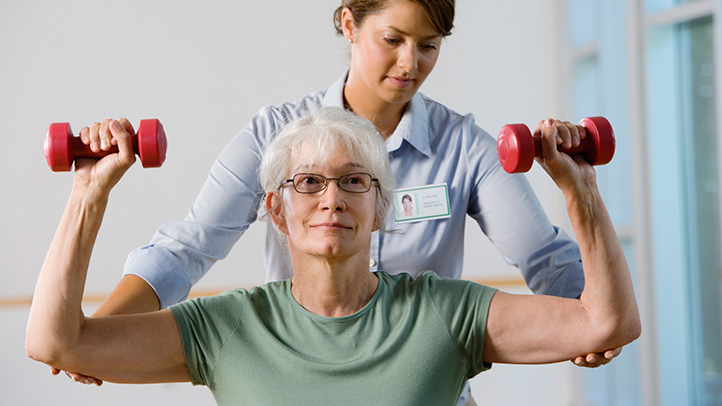When caring for patients, care providers are concerned with patients’ physical needs as well as their emotional well-being. One way to improve a patient’s mood is to schedule a visit with a therapy pet. Whether it’s a cat, dog or a different animal altogether, pets can enter a room and immediately make it a brighter, happier place to be. A recent study reported that patients who spent 10 minutes with a therapy dog reported less pain than those getting conventional treatment alone.
Occupational therapists are a crucial and effective component of the home health agency team working alongside physical therapists, speech therapists, nurses, home health aids, and social workers to provide strategies to help a patient manage daily activities while reducing their risk of injury or further decline in function. Preserving the ability to perform activities of daily living (ADLs) is fundamental for older adults to live an independent life.
No matter how much technology evolves, life expectancy increases…occasionally we need repair and rehab. Physical therapies for seniors, though not new, has had to evolve as much as anything else in the elder care spectrum. No longer is a home health aide or nurse sufficient to handle all task. With so many diverse modalities to choose from, physical therapy has become paramount to quality of life.
Physical therapy for seniors may seem similar to more common sports physical therapy, or accident physical therapy, but due to age and circumstances, there can be stark differences. For example, some medical professionals believe that a majority of people at age 65 may have some arthritis in their spines. However, everyone’s body, no matter where they come from, has musculature as varied as their personality. Physical therapy can have an important role in health care outcomes and is connected with maximizing function, preventing decline, decreasing pain and increasing overall mobility.




